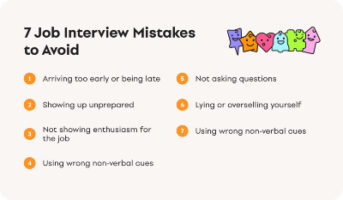How to Manage Poor Performance
Managing poor performance is both challenging and time consuming for people managers. Let’s have a look at some steps you can take when poor performance is an issue. Read on below video.
Define the Performance Issue
- Clearly describe the issue that is leading to poor performance. Poor performance very often relates to the manner in which an employee behaves in the delivery of their objectives, identify the behaviour(s) that need to be improved.
- Gather data and information to support your perspective. Be sure to ask others for input to ensure a fair and balanced view of the improvement areas you have identified.
- Understand what is holding the employee back e.g.
- Does the employee accept that there are performance issues?
- Is the employee self-aware? (self-awareness is the first step to development).
- Does the employee understand how they are perceived and the impact of their actions on others?
- Is the employee open to feedback? It is important that the employee accepts feedback and takes ownership of the improvement areas. Giving Feedback is covered in a separate training video.
- Is the employee capable of delivering their objectives?
- Is training or coaching needed?
- Is the employee willing to address the issues?
- Prepare specific examples of poor performance, suggested improvement actions and different approaches the person could have taken for a better result
Develop a Performance Improvement Plan
- Identify the 1-2 specifics that will lead to an improvement in performance or behavior.
- For behavioural objectives outline the behaviour a person needs to display in order to perform to the required standard. Behaviours relate to a companies values and what is deemed to be acceptable behaviour at work.
- Include relevant coaching or training to support the employee on building their skills and competencies.
Employee Discussion
- Discuss the performance issue (using the information gathered in the ‘ Describe the Performance Issue’ section above).
- Make recommendations for improvement, describing what higher levels of performance look like.
- Highlight the person’s strengths and how these can be leveraged to address the development areas.
- Outline your expectations.
- Ask the employee for their perspective. Give the person time to absorb the information and to provide their perspective (this may be at a separate meeting).
- Align with the employee on next steps and how their performance will be measured.
- Summarise the discussion and what was agreed.
- Align on a review process and set a date for a follow up meeting.
- Meet the employee regularly to review progress and provide support.
- Highlights issues/problems as they crop up. Provide examples to support your feedback and guidance on how to improve.
Serious or on-going Issues
- If a performance issue is serious, it may need to be dealt with urgently through a formal disciplinary process.
- If a performance issue is on-going and no improvements are seen, following feedback and development, you may need to discuss options and approaches with HR.
Analyse your approach following each review session with the employee. Reflect on how it went e.g. Did it go as planned? What did you learn? How can you improve your approach?
Download my free Performance Management Guidebook for additional information on managing employee performance.






